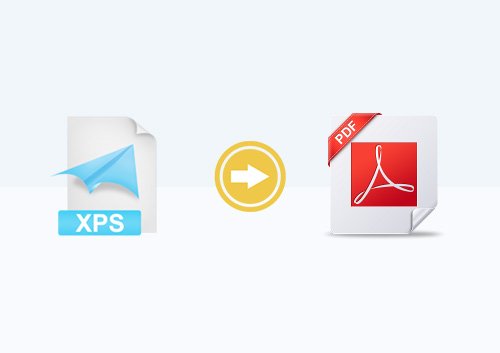Telemedicine and telehealth are quickly consolidating their place as a permanent part of modern healthcare, thanks to the epidemic. Some of the most encouraging — and exciting — advancements in telehealth are taking place with the utilization of remote patient monitoring (RPM).
The growing use of RPM, also known as remote physiological monitoring, improves patient health outcomes, lowers healthcare costs, and enhances the quality of life for many chronic disease patients.
One of the most significant applications of RPM is in the management of heart failure diseases. Outpatient treatment strategies that use home monitoring to manage heart failure are proactively trying to lower the rates of acute exacerbation, keeping heart failure patients out of the hospital and healthy for longer.
Cardiovascular diseases such as congestive heart failure (CHF) are on the rise in the United States, putting significant financial and logistical pressure on the healthcare system. Heart failure interventions are expected to cost the United States about $30 billion per year, making it one of the most expensive chronic conditions to treat.
Heart Failure Management: At-Home Monitoring
The broader concept of remote patient monitoring for cardium issues is a form of telehealth that employs technology to allow practitioners to provide physiological measurements to their patients and the care team. This data is often sent via a cellular-connected or Bluetooth device, and it can be sent on an as-needed or planned basis.
The healthcare team may evaluate the patient’s present health status and make quick decisions about the sort of care the patient may require based on the type of information recorded and transmitted. CHF telehealth monitoring can assist the patient’s healthcare team to detect and respond rapidly to small changes in the patient’s health state that could otherwise result in an acute or emergency crisis.
Acute exacerbations of heart failure, in particular, can be avoided with the use of remote patient monitoring. Other connected monitoring devices for heart failure care include scales to measure fluid retention and blood pressure cuffs to monitor changes or swings in the patient’s blood pressure, both of which can assist in detecting early signs of trouble for someone with heart failure. Remote patient monitoring devices can also give data for sound medication titration and management decisions, allowing practitioners to respond quickly to changes in a patient’s health status without requiring an office visit and before the patient needs to go to the emergency room.
Home monitoring for heart failure management can be a game-changer for both patients and doctors. Aside from the potential for improved health outcomes, a remote patient monitoring system for congestive heart failure can enable patients to remain at home, providing minimal disruption to their life and allowing them to maintain their typical daily routines.
Patients can be more connected and involved with their healthcare team by employing remote patient monitoring for cardium-related concerns and congestive heart failure. By providing critical information in real-time, faster and more effective responses or alterations can be made in the event of an emergency, improving overall heart failure treatment.
RPM: A Powerful Tool for Improving Heart Failure Management
With more than $30 billion spent yearly on treating heart failure patients, it’s more vital than ever to find innovative ways to improve heart failure treatment and keep people out of crisis for as long as possible. Remote patient monitoring, which uses smart technology to enable a real-time connection with the healthcare team cost-effectively, can help save lives and money.
Because RPM is a relatively new service, it is subject to ongoing — and, at times, significant — regulatory changes. CCM Health takes pride in staying up to date on compliance so that our RPM clients never have to worry about their remote patient monitoring system failing to meet changing regulations.
Are you ready to increase patient loyalty, provide prompt preventative care, and enhance results without adding to your staff’s workload? Learn more about CCM Health’s Remote Patient Monitoring services to get started.



